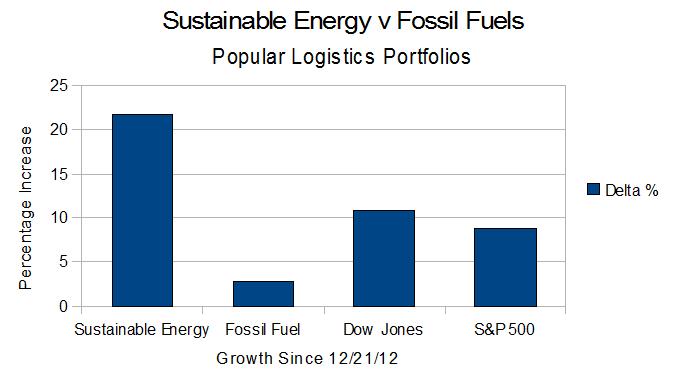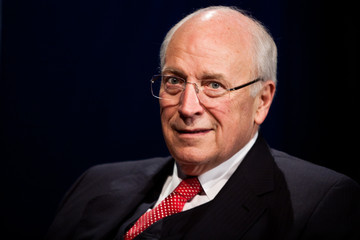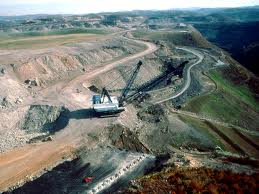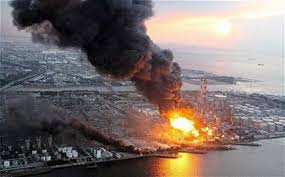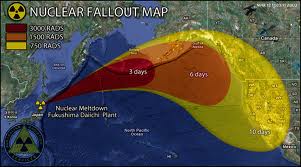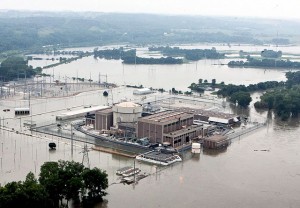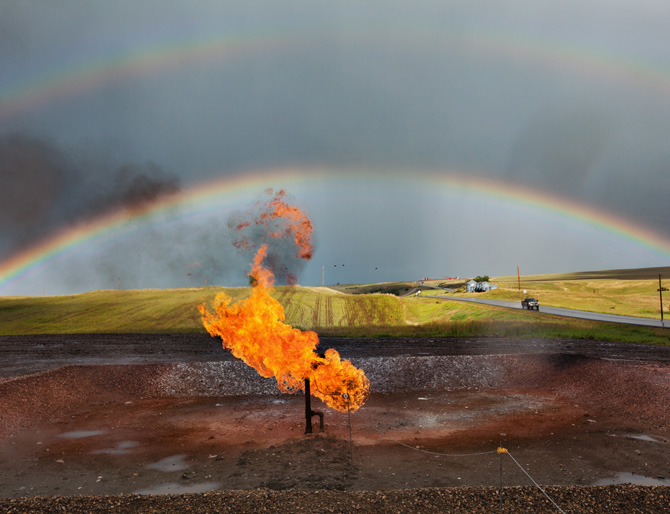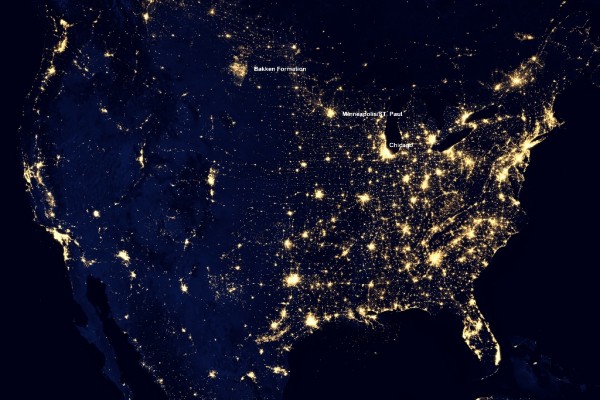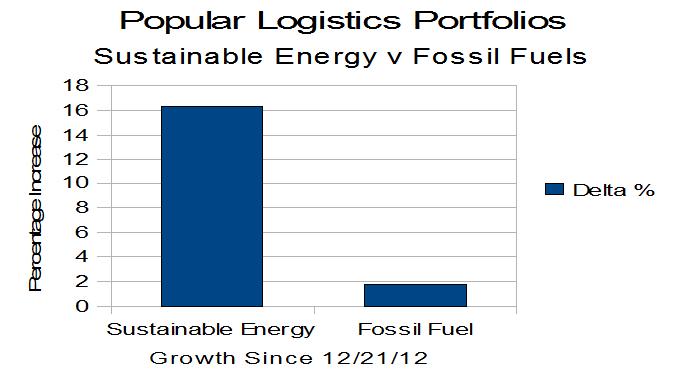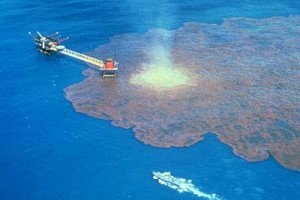The petrochemical industry says “Trust us. The Fracking fluids are water mixed with sand, and a few – 0.5% – other chemicals, household chemicals, like chlorine and benzine.”
According to SourceWatch,
There were more than 493,000 active natural-gas wells across 31 states in the U.S. in 2009, almost double the number in 1990. Around 90 percent have used fracking … according to the drilling industry.[2] Nationwide, residents living near fracked gas wells have filed over 1,000 complaints regarding tainted water, severe illnesses, livestock deaths, and fish kills.
While 1000 complaints on 493,000 wells is a low percentage, if fracking was safe and clean, why the complaints and controversy? President Reagan used to say “Trust people, but check.” Well,
- If the speed limit was 350 miles per hour; then no one would get a speeding ticket.
- If the tax code was “Whatever you feel like paying;” then I certainly would pay less taxes.
- So if fracking was safe and clean; then why the complaints?
The industry says “Trust us, fracking is clean…. We adhere to all regulations…. ” But what are the regulations?

